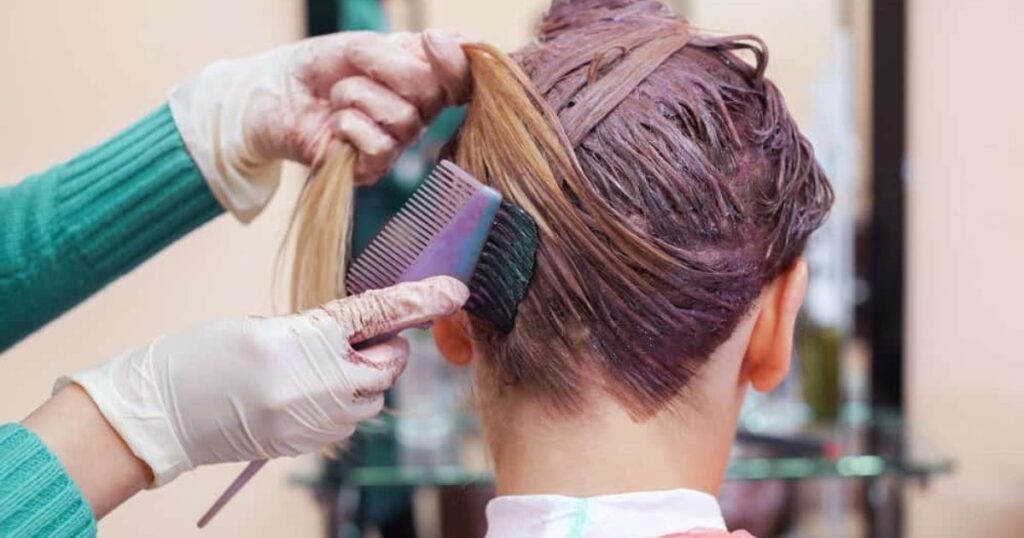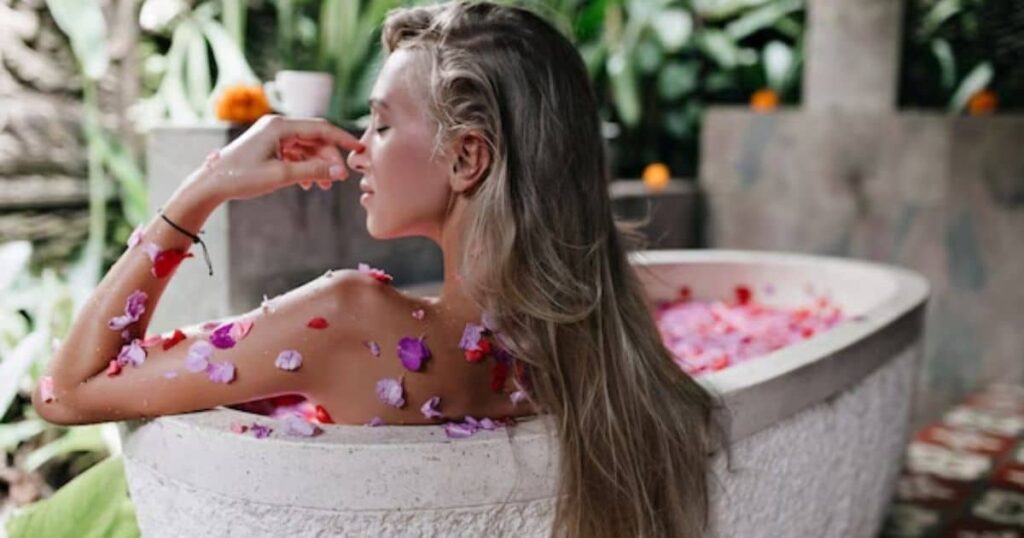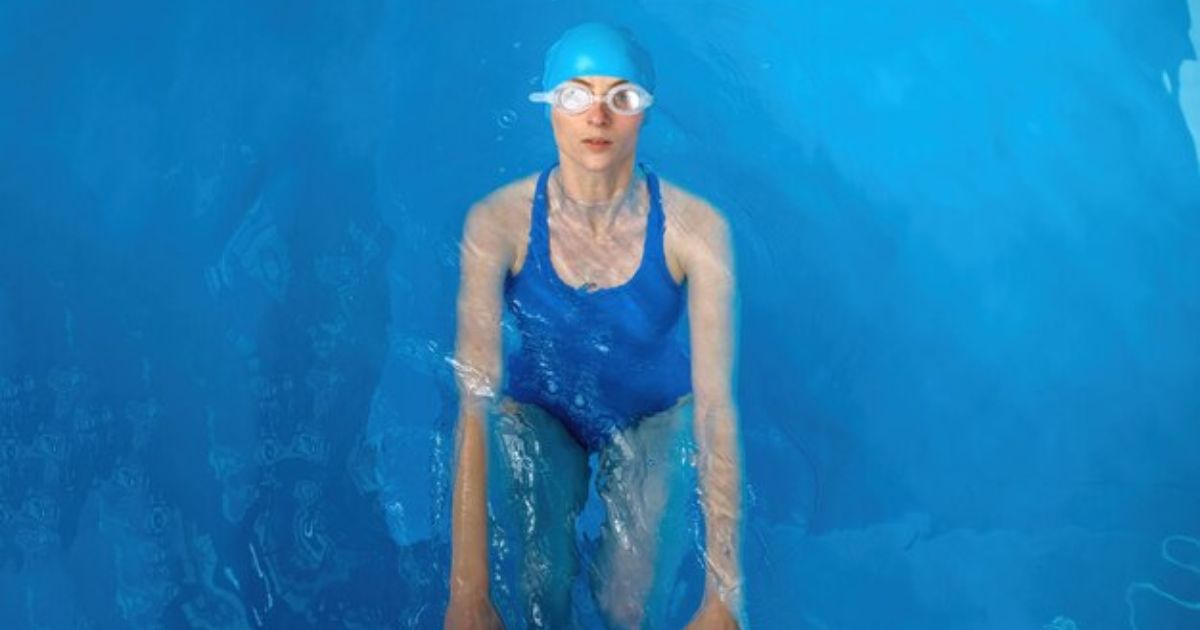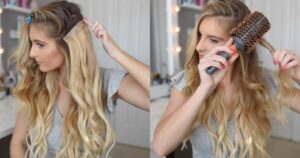You’ve just left the salon with a fabulous new hair color, and the allure of the pool or the beach is calling your name. But wait – how soon can you take the plunge without compromising the vibrancy of your newly colored locks? In this article, we’ll delve into the intricacies of hair coloring and swimming and provide you with a comprehensive guide on when it’s safe to dive back into the water.
Understanding the Coloring Process
To comprehend when it’s safe to swim post-coloring, it’s essential to understand the hair coloring process. Hair dye works by penetrating the hair cuticle to deposit color. The cuticle, the outermost layer of the hair shaft, can be slightly lifted during this process, making the hair more vulnerable.
Immediate Aftercare
Immediately after coloring your hair, it’s crucial to follow the aftercare instructions provided by your stylist. This often includes waiting a specific amount of time before washing your hair. During this initial period, it’s advisable to avoid swimming, as the hair cuticle needs time to close and secure the color.
Chlorine and Saltwater Concerns
Chlorine in pool water and salt in seawater can have adverse effects on colored hair. Chlorine, a powerful chemical used to disinfect pools, can strip away natural oils from your hair, leading to dryness and potentially causing color fading. Saltwater, while less harsh than chlorine, can still contribute to color erosion over time.
Determining Hair Type and Color Fastness

Not all hair types and colors react the same way to exposure to water. Brunettes may experience less color fading than blondes, and those with coarse hair might have a more robust defense against the elements. Understanding your hair type and the specifics of your coloring treatment can help you gauge when it’s safe to swim.
Time Frame Recommendations
Here’s a table summarizing when it’s generally safe to swim after coloring your hair, taking into account different types of hair dyes and treatments.
Keep in mind that these are general guidelines, and it’s essential to follow any specific recommendations provided by your hairstylist or the instructions on your hair dye product. Additionally, always use a swim cap and hair protection products if you plan to swim after coloring your hair to minimize damage and color fading.
Protective Measures
If you can’t resist the allure of the water within the first 72 hours, consider taking protective measures. Wearing a swim cap can significantly reduce your hair’s exposure to water, minimizing the risk of color damage. Additionally, applying a leave-in conditioner before swimming creates a protective barrier.
The Chemistry of Hair Coloring

Hair coloring involves a delicate dance of chemistry. Whether you opt for a permanent, semi-permanent, or temporary dye, the process typically requires lifting the hair cuticle to allow color molecules to penetrate the cortex. This chemical reaction is what transforms your hair’s hue.
Cuticle Closure and Water Exposure
The hair cuticle, once lifted during the coloring process, needs time to close and seal the color within. Water, particularly chlorinated or salty water, can interfere with this process. If the cuticle isn’t adequately closed, the color molecules are more prone to washing out, leading to premature fading.
PH Levels and Color Stability
The pH levels of pool water can impact the stability of hair color. Chlorine, commonly used in pools for sanitation, has a high pH, which can be harsh on both hair and skin. This elevated pH can lead to the gradual opening of the hair cuticle, making it more challenging for the color to stay locked in.
Hair Porosity and Absorption
Individuals with high hair porosity may face a greater challenge in retaining color, especially if they swim in chlorine after coloring their hair. Highly porous hair absorbs water more readily, potentially causing color molecules to leach out more quickly. Understanding your hair’s porosity can help you gauge how it will respond to water exposure after coloring.
Balancing Patience and Enjoyment
While the ideal waiting time before swimming after hair coloring is around 72 hours, it’s also crucial to balance patience with enjoyment. If you can’t resist the allure of the water, taking preventive measures such as using a swim cap and applying protective products can help minimize the risk of color fading.
Post-Swim Care
After enjoying a swim, it’s essential to thoroughly rinse your hair to remove any residual chlorine or salt. Follow up with a color-safe conditioner to replenish moisture and protect against potential damage. Regular deep conditioning treatments can also aid in maintaining the health and vibrancy of colored hair.
Choose the Right Products

Begin by choosing hair care products specifically designed for color-treated hair. Invest in a sulfate-free shampoo and conditioner that helps maintain color vibrancy and prevents premature fading. These products work to gently cleanse and hydrate your hair without stripping away essential oils and color molecules.
Pre-Swim Preparations
Before taking the plunge, consider applying a protective leave-in conditioner or hair oil. These products create a barrier on your hair, helping to repel chlorine or salt water and reducing the risk of color damage. Comb through your hair to ensure even distribution of the product, paying extra attention to the ends, which are more prone to dryness.
Embrace the Swim Cap
A swim cap is a simple yet effective solution to safeguard your hair while swimming. It creates a barrier between your hair and the water, minimizing exposure to chlorine or salt. Look for a cap made from silicone, as it provides better protection compared to latex. Ensure the cap is snug but not too tight to prevent breakage.
Rinse Before Swimming
Wet your hair thoroughly with fresh water before entering the pool or the ocean. By saturating your hair with clean water, you reduce its ability to absorb chlorinated or salty water. This pre-rinse acts as a protective measure, minimizing the impact of chemicals on your hair color.
Post-Swim Rinse and Hydration
After your swim, rinse your hair immediately to remove any chlorine or saltwater. Use a color-safe shampoo to cleanse your hair, followed by a nourishing conditioner. Deep-conditioning treatments once a week can provide extra hydration, promoting the longevity of your hair color and maintaining overall hair health.
Sun Protection for Your Hair
While you’re enjoying a refreshing swim, your hair dances in the sunlight, embracing both the water’s caress and the gentle touch of the sun’s UV rays. Just as you shield your skin with sunscreen, think about pampering your hair with a UV-protective spray or serum. This helps prevent sun damage and color fading caused by prolonged exposure to sunlight.
Regular Hair Maintenance
Schedule regular trims to keep your hair healthy and prevent split ends, which can make color fade more noticeable. Additionally, opt for touch-ups as needed to maintain the vibrancy of your hair color. Consulting with your hairstylist about the best products and maintenance routine for your specific hair type is always a wise choice.
FAQS
When can I swim after coloring my hair?
Wait at least 72 hours to allow the hair cuticle to close, securing your newly colored hair.
How does chlorine affect colored hair?
Chlorine can strip natural oils, leading to dryness and color fading. Protect your hair with a swim cap or leave-in conditioner.
Can I use regular shampoo after swimming?
Opt for a sulfate-free shampoo designed for color-treated hair to maintain vibrancy and prevent premature fading.
Is it necessary to wear a swimcap?
Wearing a swim cap creates a protective barrier, reducing exposure to chlorine or salt water and minimizing color damage.
Any post-swim care tips for colored hair?
Rinse your hair immediately after swimming, use a color-safe shampoo, and follow up with a nourishing conditioner to maintain color and hydration.
Conclusion
The waiting game after coloring your hair is crucial to maintaining the vibrancy of your new hue. Understanding the coloring process, considering your hair type, and following aftercare instructions are all essential components of the waiting period. While the temptation to swim may be strong, patience is key to preserving your hair color for the long haul.
In the intricate world of hair coloring and swimming, understanding the scientific nuances is key to preserving your hair’s color integrity. From the initial chemistry of coloring to the impact of water exposure, every step plays a role. By appreciating the delicate balance and taking necessary precautions, you can confidently dive into the water, showcasing your beautifully colored locks without compromise.
Swimming after hair coloring is entirely possible with the right precautions and care. By selecting the appropriate hair care products, embracing protective measures like swim caps, and following a post-swim routine, you can enjoy the water while preserving the brilliance of your colored hair. Remember, a little extra care goes a long way in ensuring your hair remains as vibrant and beautiful as the day you left the salon. Dive in and make a splash – your hair can handle it.











